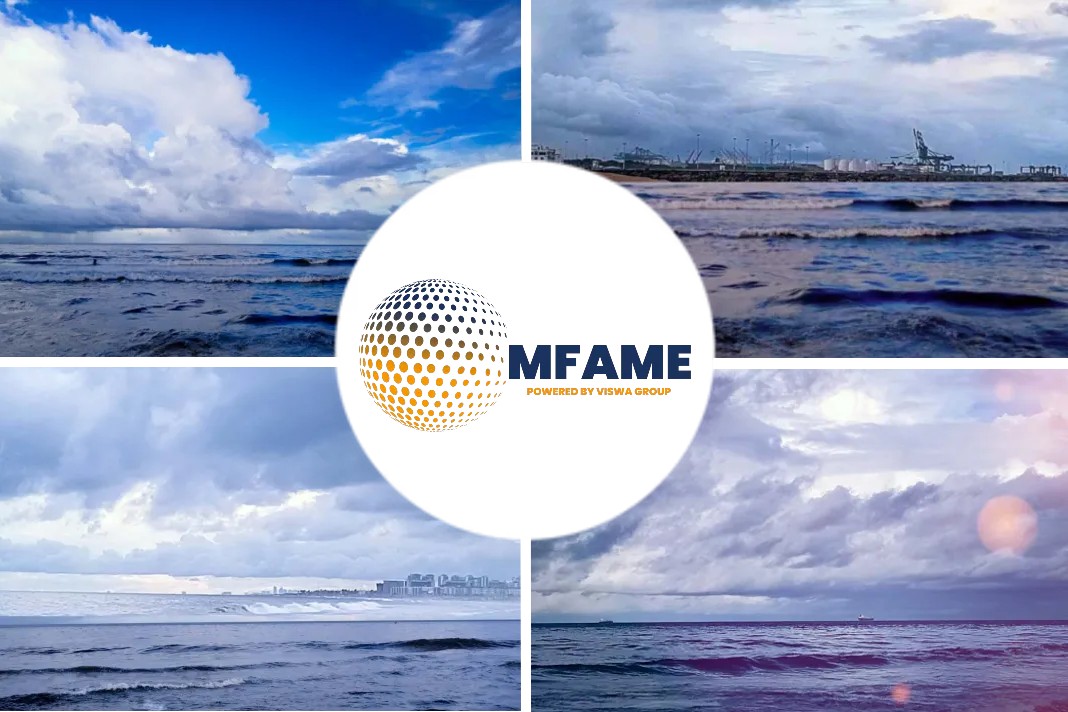International Chamber of Shipping conference was told that freight rates are likely to double during the transition to greener, zero-carbon marine fuels, says an article published in Lloyd’s List.
Freight rates to double
Shipping emission targets need to be brought forward a generation earlier than expected to meet world climate change goals.
During the transition to greener, zero-carbon marine fuels, freight rates will likely double, an International Chamber of Shipping conference has been told.
Challenges for owners and charterers
Policy makers and climate change scientists outlined the challenges faced by owners and charterers of the world’s 60,000-vessel commercial fleet to decarbonise shipping, and the enormous scale and pace of change needed. The below were told at the conference on future fuels held in conjunction with London International Shipping Week:
- Despite environmental and regulatory imperatives to reduce maritime greenhouse gas emissions, shipowners were told freight rates would likely double.
- This rate hike will be to fund zero-carbon fuels, even as the commercial viability of these remained uncertain.
- Carbon taxes were also probable.
Diverted freight?
Emanuele Grimaldi, managing director of the Italy-based Grimaldi Group, said, “I’m really concerned about these extra costs.”
The group operates a fleet of more than 100 ro-ro and short-sea shipping vessels, and higher prices could divert freight to road or air, which was more carbon intensive, he said.
50% emissions cut
Leading climate change scientist Anders Hammer Strommen suggested greenhouse gas emissions from international shipping must be cut 50% by 2030. He added it should reach zero by 2050 if global average temperatures were to rise no more than 1.5°C.
The 50% cut is some 20 years earlier than agreed at the International Maritime Organization last year.
Rise in global temperature
Norway-based Mr Strommen contributed on shipping to the Intergovernmental Panel on Climate Change that assessed the difference between a 1.5°C rise in global temperature over the next generation versus an increase of 2°C.
He said a 2°C rise equated to once-a-decade summer when Arctic ice completely melted, accelerating global warming, versus a once-a-century summer of no ice under a 1.5°C scenario.
Meeting the 1.5°C target “implies a one ship-generation earlier transition,” he said.
Zero emission path to increase rates?
The technology to shift international shipping to zero emissions by 2050 is there, but freight rates will have to double to fund the higher cost of green marine fuels, according to the chair of the UK’s Energy Transitions Commission.
Lord Turner said: “Shipping is one of the most expensive sectors of the economy to decarbonise.”
“That is reflected in the fact that when we work out the cost of the [alternative fuel] product, the cost of providing a voyage and the freight rates, we think the decarbonisation of shipping might have to produce a significant increase in freight rates over the time, as much as a doubling of freight rates.”
This would add very little to the overall price to consumers for purchasing sugar, smartphones or jeans, he added.
Cost of global economy is meager
He said even if the freight rates go up very significantly, the total cost of the global economy will be very small.
It will be possible to get that cost down with good technological innovation, by driving the efficiency improvements of the ship, though there will always be a cost.
No threat to profitability
Lord Turner — who as Adair Turner was chairman of the UK financial regulator the Financial Services Authority, but is also a past chairman of the Committee on Climate Change and former director-general of the Confederation of British Industry — said the challenge facing the industry was one of co-ordination.
“As long as you all move together, then that’s not a threat to your profitability,” he said.
UK’s shipping decarbonisation target
UK shipping minister Nusrat Ghani told the conference that global shipping industry was not doing enough research on alternative fuels, nor was there consensus on appropriate fuels.
“The sector can work at a pace that isn’t in step with what the world wants it to look like,” she said, noting that the UK’s shipping decarbonisation target aimed for zero emissions by 2050. That compares to the IMO’s 50% target.
Alternative fuels
Green hydrogen and ammonia emerged as the preferred alternative fuels with the most potential to meet emissions targets and reach commercial scale.
Financing the development of fuels for use in ship engines and then developing the infrastructure to supply them to vessels remained problematic.
Inevitably some form of tax may need to be placed on the industry, said Bryony Worthington, the Environmental Defense Fund executive director, Europe.
“Quite frankly, this is a sector that enjoys tax-free propulsion at the moment,” she said on the conference sidelines.
Shipping needed to contribute to any solution to reaching a zero-carbon economy.
Did you subscribe to our daily newsletter?
It’s Free! Click here to Subscribe!
Source: Lloyd’s List

















